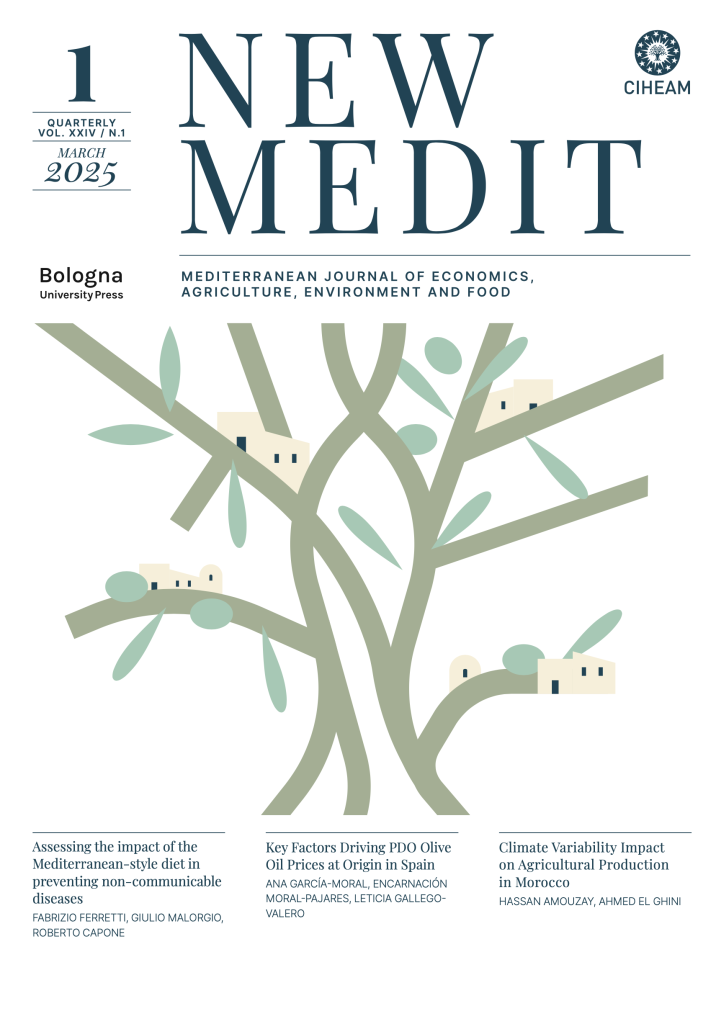Based on survey data of 319 rain-fed farmers in Al-Hasakeh, Syria, this study analyses rain-fed farmers’ risk attitudes and farmers’ perceptions of risk and risk management. Furthermore, it analyzes, using multiple regression analysis, the relationship between socio-economic characteristics and farmers’ risk attitudes. The results demonstrate that precipitation shortage was the most important risk source that threaten farmers in both zones. Moreover, risks of diseases and pests and natural disasters were highly perceived by farmers in zone 1. Farmers in zone 2 were more concerned about fire damages and lack of government support. The financial strategy related to the producing at lowest possible cost is perceived as an important strategy to manage risk by farmers in both zones. Spraying for diseases and pests and liquidity are perceived as the most effective risk management strategies by farmers in zone 1, whereas farmers in zone 2 considered liquidity and choose good quality materials as an important strategy. The results also show that some farm and farmers’ characteristics (e.g. age, experience, education, household size, farm size, family labour, extension contact, off-farm work and Co-op Member) significantly impact the risk attitudes of the farmers in both zones.











